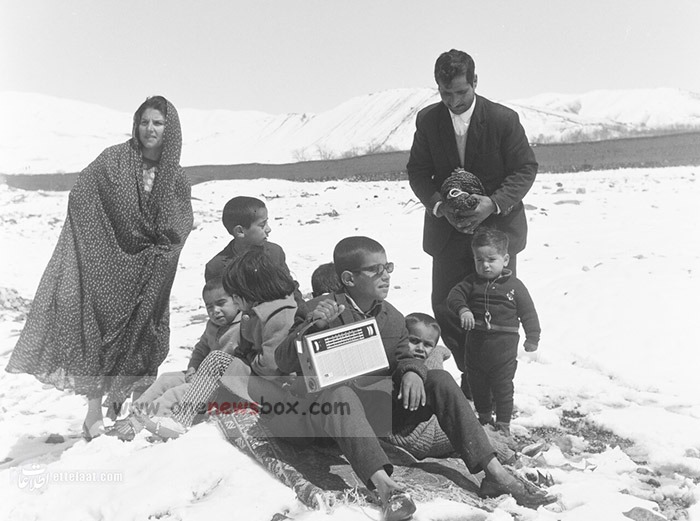Western travelers have also documented Sizdeh Badr. Edward Jacob Pollock, for example, noted that on the thirteenth day of Nowruz, people would leave their homes and city gates, believing their houses were at risk of misfortune if they stayed indoors. Naser al-Din Shah Qajar, in his travelogues, similarly describes how people abandoned cities in favor of outdoor festivities.
Rituals and Traditions of Sizdeh Badr
Sizdeh Badr is celebrated with various customs that have evolved over time. Some of the most prominent traditions include:
1. Tying Green Knots (Sabzeh Gereh Zadan)
One of the most famous rituals of Sizdeh Badr is tying knots with blades of grass, especially among young people. This act symbolizes binding oneself to nature and making wishes for a prosperous and happy life. It is particularly significant for unmarried individuals, who tie the knots while making wishes for love and marriage.
2. Discarding Sabzeh in Running Water
During Nowruz, families prepare a Haft-Seen table that includes “Sabzeh” (sprouted greens), representing rebirth and renewal. On Sizdeh Badr, it is customary to discard this Sabzeh into a river or stream. This act symbolizes letting go of negativity and embracing new beginnings.

